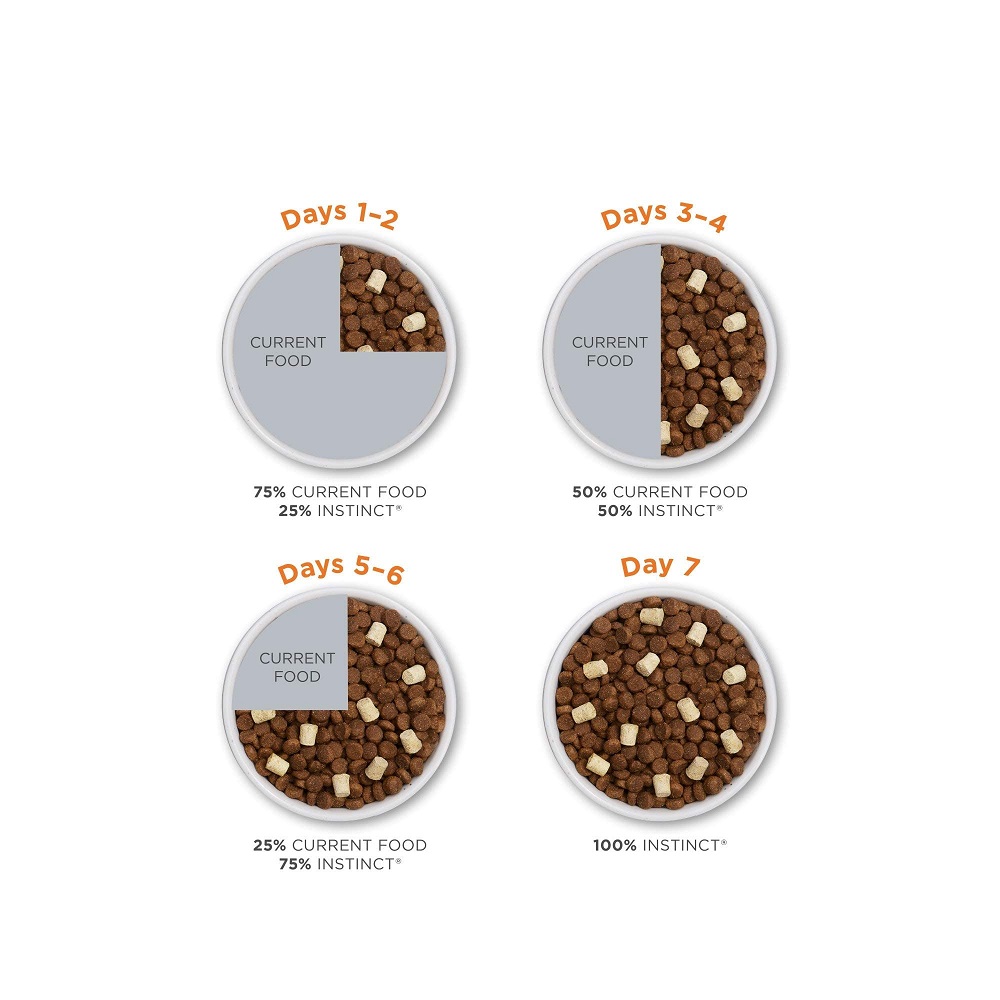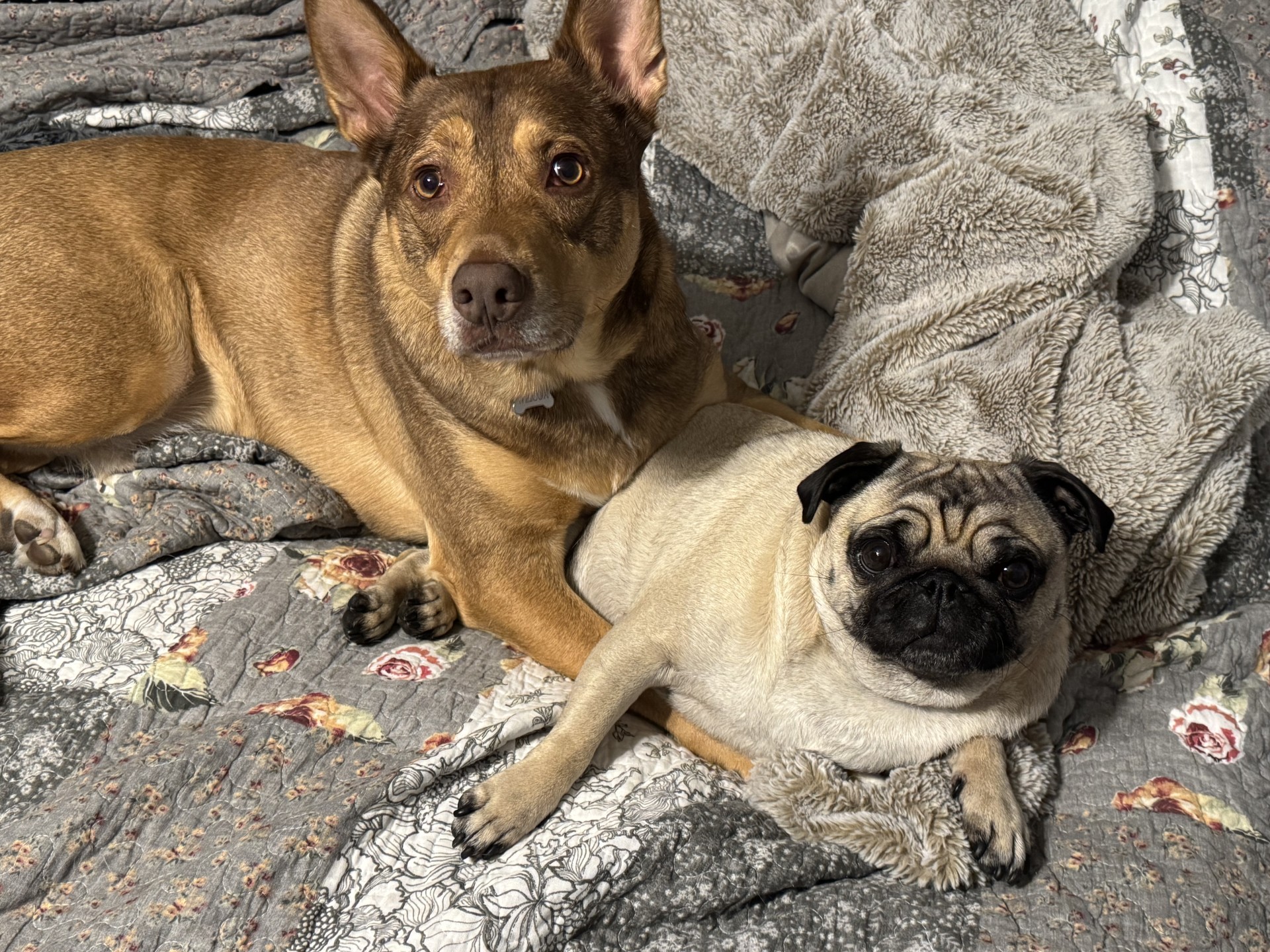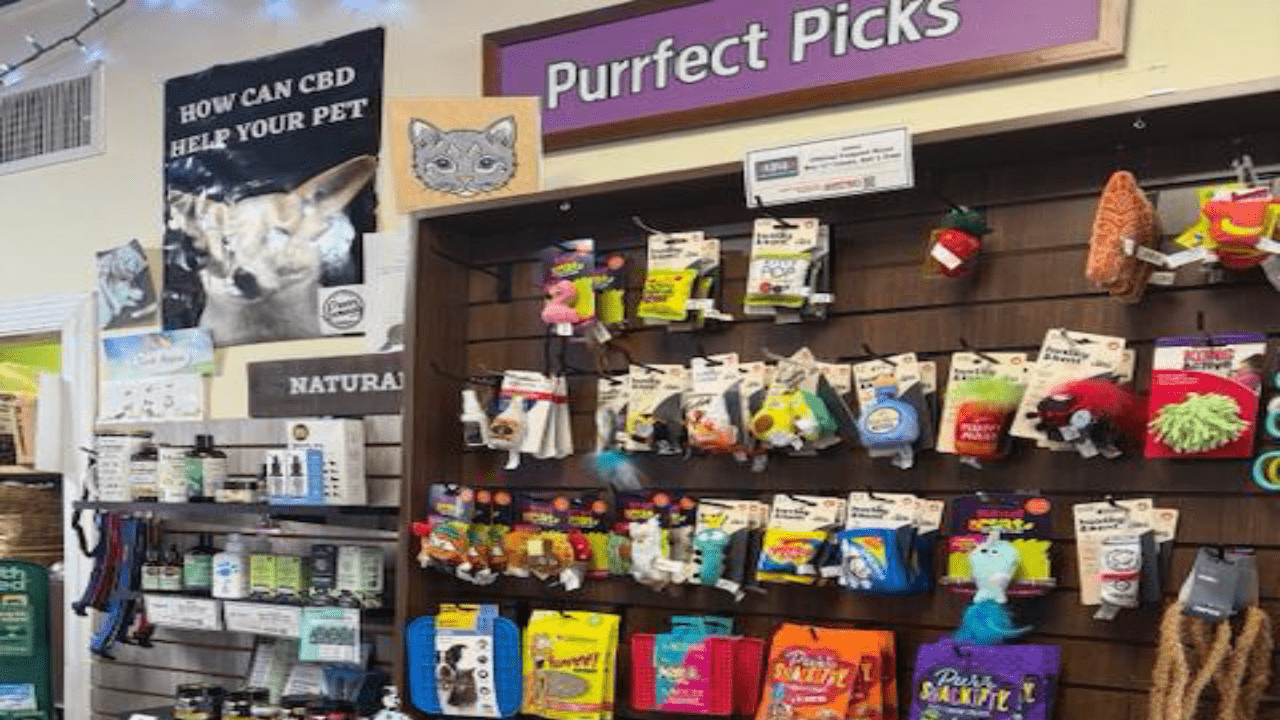How to Transition Your Dog to a New Food Safely: A Vet-Backed Guide
Changing your dog’s diet isn’t as simple as swapping out their old kibble for something new overnight. A sudden switch can lead to digestive upset, refusal to eat, or long-term issues with gut health. Whether you’re switching brands, upgrading to raw or fresh food, or accommodating a health condition, the key is a gradual and informed transition.
In this guide, you’ll learn how to transition your dog’s food the right way, why it matters, and expert tips to ensure your dog’s gut and overall health are protected every step of the way.
🦴 Why Transitioning Gradually Is Essential
Your dog’s gastrointestinal (GI) system is home to a delicate balance of microorganisms that help digest food, absorb nutrients, and support immune function. A sudden change in diet can disrupt this balance and cause:
- Vomiting
- Diarrhea
- Gas and bloating
- Loss of appetite
- Dehydration
A gradual transition gives your dog’s digestive system time to adjust, minimizing these risks.
📆 The 7-Day Transition Plan (Vet Recommended)
Here’s a standard 7-day guide to transition your dog’s food. Adjust based on your dog’s sensitivity:
| Day | Old Food | New Food |
|---|---|---|
| 1-2 | 75% | 25% |
| 3-4 | 50% | 50% |
| 5-6 | 25% | 75% |
| 7 | 0% | 100% |
✅ Pro Tip: If your dog is prone to stomach upset, extend each stage to 2–3 days for a slower, more gentle transition.
🧠 Signs the Transition Is Going Well
- Normal stool consistency (firm and easy to pick up)
- Healthy appetite
- Good energy levels
- No vomiting or signs of discomfort
If you notice any mild gas or slight stool softening, that’s normal in the early days. However, if symptoms persist beyond 3 days or worsen, it’s best to consult your veterinarian.
🛑 Red Flags That Require a Vet’s Attention
- Persistent diarrhea or vomiting beyond 48 hours
- Blood in stool
- Lethargy or loss of appetite
- Refusal to eat the new food entirely
- Severe itching or skin reactions (could indicate an allergy)
Don’t ignore these signs. Your dog may be allergic or intolerant to an ingredient in the new food, or the switch may have triggered an underlying condition.
🥩 What If You’re Switching to a Raw or Fresh Food Diet?
Transitioning to raw, gently cooked, or fresh food can take a bit longer, especially if your dog is used to processed kibble. In this case:
- Start with a bland base like boiled turkey or beef and white rice.
- Introduce one raw/fresh ingredient at a time.
- Keep portions small during the first week.
- Add probiotics or digestive enzymes to ease gut adaptation.
🐕🦺 Supporting Your Dog During the Transition
Here are a few best practices to ensure a smooth process:
- Feed on schedule – Dogs thrive on routine.
- Avoid treats that are too different from the new food during transition.
- Ensure hydration – especially if loose stools occur.
- Introduce a probiotic supplement approved by your vet.
🧪 When to Consider a Diet Change in the First Place
Before switching, be sure there’s a real reason to do so. Some valid reasons include:
- Food allergies or sensitivities
- Medical conditions (e.g., kidney disease, IBD, pancreatitis)
- Life stage transitions (puppy to adult, adult to senior)
- Switching to a more natural or whole-food diet
- Weight management needs
Always consult with your vet before initiating a change due to a medical reason.
🐾 Final Thoughts from the Vet
Transitioning your dog’s food isn’t just about avoiding stomach upset—it’s about protecting long-term health, gut balance, and food enjoyment. Take it slow, stay observant, and when in doubt, talk to a veterinarian or a canine nutritionist.
Remember: Every dog is different. What works for one might not work for another.
For trusted, vet-approved natural pet supplies, including food options perfect for transitions, shop at Derby Paws – Louisville’s go-to for healthy pet care.
✅ Quick Takeaways:
- Transition over 7–10 days.
- Monitor stool, appetite, and energy.
- Add probiotics and keep feeding routine consistent.
- Consult a vet if digestive symptoms persist.







